The Sultanahmet district is the heart of historic Old Istanbul, what 19th-century travelers used to call "Stamboul."
Saint Sophia Church
The Church of Saint Sophia. Saint Sophia Church is located just in front of the Blue Mosque in the Sultan Ahmet District of Istanbul.
The church was built around 360 by the Emperor Constantino and burned down twice. It was rebuild at 530 AD by the Emperor Justinian.
The layout and decoration is typical of a church of the Byzantine period. After the Turks took over Constantinople in 1453 AD., Saint Sophia was turned into a mosque and four minarets (the tall, thin towers), were added to it. Saint Sophia was restored several times because of damage caused by a series of earthquakes.
Today Saint Sophia is neither a church nor a mosque but a museum. When you are inside, you can sense the influence of both the Catholic and Islamic religions and cultures in its decorations and frescos.
| ||||||
First inhabitants of Istanbul are dating back to second millennia BC, they were settled on the Asian side of the city. Its first name comes from Megara king Byzas who took his colonists here in the 7th century BC to establish a colony named Byzantium, the Greek name for a city on the Bosphorus. Byzas chose this spot after consulting an oracle of Delphi who told him to settle across from the "land of the blind". Indeed, Byzas believed that earlier settlers must have been "blind" for overlooking this superb location at the entrance of the Bosphorus strait, only access to the Black Sea.
In the 6th century BC Persians ruled the city and than Alexander the Great took it over after 4th century BC, which was a peaceful period until the 2nd century BC.
In 193 AD Roman emperor Septimus Severus conquered the city and it remained under the Roman rule until 4th century AD, when emperor Constantine the Great made Byzantium the capital of entire Roman Empire and gave it his name: Constantinople, and Eastern Roman Empire was called Byzantine Empire after 5th century. The city was built on seven hills, like Rome.
Early Byzantine emperors filled their city with the treasures of the ancient world, especially between 4th and 6th centuries with a population exceeded half a million. In 532 during the reign ofJustinian I, riots destroyed the city. But it was rebuilt and outstanding structures such as Hagia Sophia stand as monuments to the golden age of Byzantines.
Istanbul's latter history is full intrigues and sieges, it was besieged by the Arabs in the 7th and 8th centuries and by the Barbarians in the 9th and 10th, but ruled by the Fourth Crusade between 1204-1261 who destroyed and sacked all the wealth. After this, Constantinople did not regain its former richness nor strength.
Ottoman Turks lead by Sultan Mehmet II conquered Constantinople in 1453. Renamed Islambol, the city became the capital of the Ottoman Empire. Between 15th and 16th centuries, sultans built manymosques and public buildings, topping the population again around half million by the mid 1500's, Istanbul was a major cultural, political, and commercial center. The name "Istanbul" was derived from a combination of "Islambol" ("city of Islam" in Turkish) and "eis tin Polin" ("to the City" in Greek) throughout the centuries.
Ottoman rule lasted until World War I when Istanbul was occupied by the allied troops. After years of struggle led by Ataturk against the occupying forces, the Republic of Turkey was born in 1923 and the capital was moved to Ankara province. But Istanbul has continued to expand dramatically; today its population is over 13 million and still increases constantly. It continues to be the commercial and cultural center of Turkey.
Hope to see you soon in Istanbul.
thelordofistanbultravelplanner@gmail.com
The Location of Istanbul
Istanbul is a city where two continents (Asia and Europe) meet. Istanbul is a city of unparalleled ancient and cultural richness that is as fascinating and historical as it is dynamic and modern. Serving as the capital of three mighty empires and set squarely between two continents, Istanbul has cultures and traditions that blend east with west and Mediterranean with Anatolian.
Istanbul has more than 200 shopping malls, 5 imperial palaces, dozens of summer palaces and mensions, 45 universities, 4 historic bazaars, 70 public and private museums
In past, Istanbul was also former capital city of the Roman Empire, Byzantium and Ottoman Empire. Istanbul consists of 39 districts which are the mostly connected to each other. 14 of them is located in Anatolian(Asian) side and 25 of them in Europe side of Istanbul. In European side there are more touristic places such as Sultanahmet(Blue Mosque), Eminonu, Besiktas, Taksim and Beyoglu. On the other hand, Kadikoy and Uskudar are the most known districts of Anatolian side.
thelordofistanbultravelplanner@gmail.com
HURREM SULTAN&ROXELANA
Hurrem Sultana was born in 1506. She was the wife of Sultan Suleyman the Magnificent and she played an important role in the Ottoman history as being the favourite wife of the Sultan. Hurrem Sultana was Russian originated and her real name was Roxelanne. As a child, she was presented to the Ottoman palace by the Khan of The Crimea because of her beauty. She had a special education in the palace. She attracted the interest of Sultan Suleyman, by using her femininity, intelligence and talents. She became very influential for the women of Harem and for the other people of the palace. She won the love and reliance of Sultan Suleyman in a short time and became the legal wife of him. She acted very well planned and her intrigues very negatively effected the Ottoman Empire in the 16th century. Prince Mustafa was the eldest son of Sultan Suleyman, born from Gulbahar Hatun. Hurrem Sultan had ordered firstly to strangle her most dangerous rival Gulbahar Hatun and next 40 years old prince Mustafa. Hurrem Sultan became very influential in the governmental administrations and she supported the war with Persia and she restored the peace with Russia and Poland. She died before seeing, one of her sons on the throne. She was 52 years old when she died.
Galata Tower | ||
thelordofistanbultravelplanner@gmail.com
| ||


.jpg)
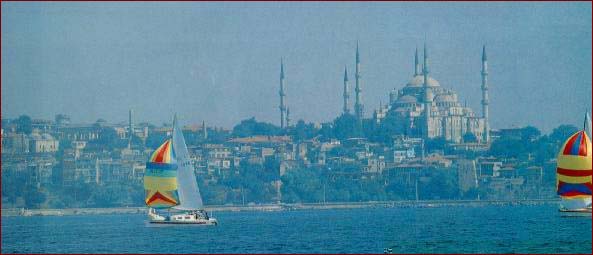
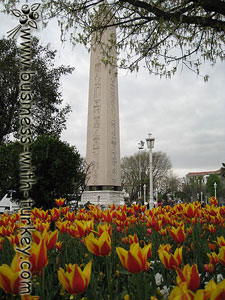
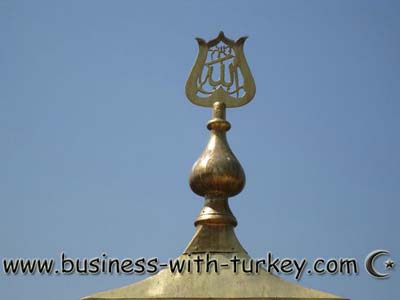
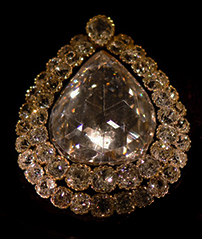
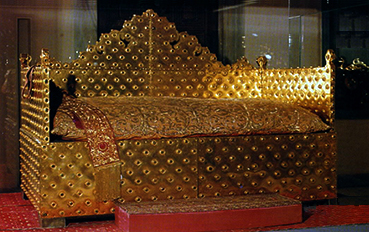
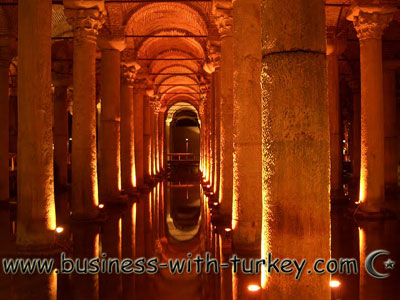

.jpg)
.jpg)

.jpg)
.jpg)


 Although it is not completely certain as to when the Galata Tower was built, it is claimed that the it was built during the reign of the Byzantian Emperor, Iustinianos in 507 CE.
Although it is not completely certain as to when the Galata Tower was built, it is claimed that the it was built during the reign of the Byzantian Emperor, Iustinianos in 507 CE.


Hiç yorum yok:
Yorum Gönder